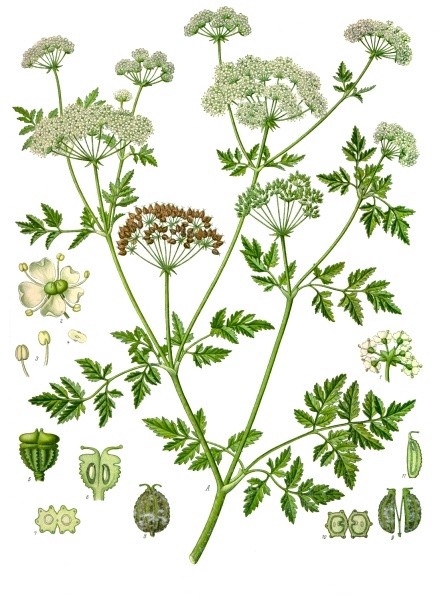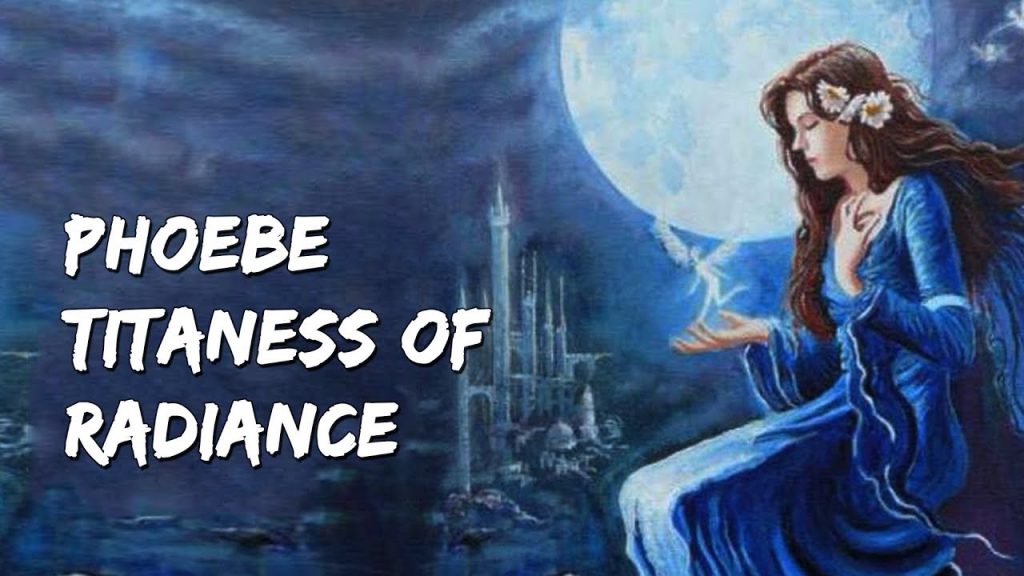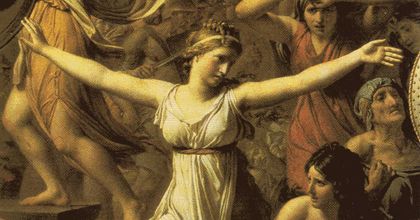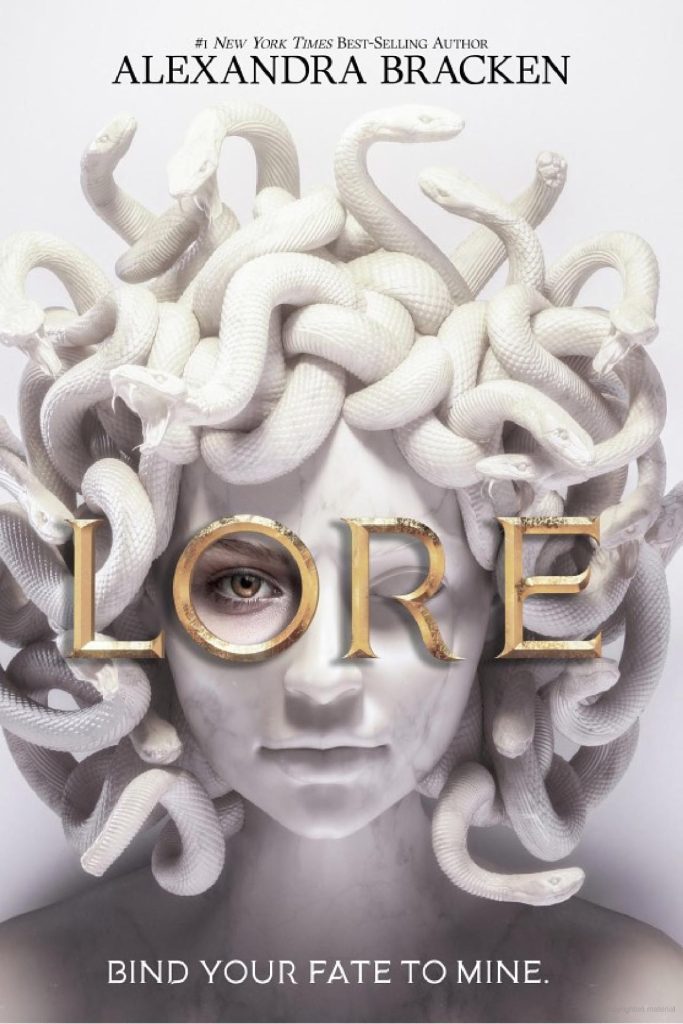
We were so thrilled to offer a take-home murder mystery this season in collaboration with the Big Read. This Greek mythology-themed mystery had you digging through emails, text transcripts, and private journal entries in the hopes of discovering the truth surrounding the mysterious death of Madame Phoebe Gaius.
Now it’s time to reveal the truth!
The suspect who murdered Madame Phoebe is…
Cassandra Troy!

Did you guess correctly?
We gave out roughly 140 take-home mystery kits, and of those who submitted answers, 57% of the them were correct with the second most popular guess being Professor Theus!
So why and how exactly did Cassie kill Madame Phoebe?
It all started with Madame Phoebe’s grandson, Apollo. As a member of a prominent Greek family, Apollo attended many public functions that were covered by journalists. At one of these functions, Apollo met renowned art journalist, Cassandra Troy and asked her out on a date. Cassandra rejected his affection, and Apollo was so offended that he used his Instagram platform to discredit Cassandra’s reports. She was subsequently fired from her job at “To Vima,” but Apollo showed no remorse.
Seeking both the truth and revenge, Cassandra started a personal blog, The Oracle, where she researched the Gaius family and soon uncovered actual scandals associated with both the Acropolis Museum and Madame Phoebe.
These scandals were:
- In attempts to purchase artifacts that he felt were important, Professor Theus was embezzling funds through the use of a fake cooperation called Pyronix.
- Madame Phoebe’s granddaughter, Artemis, refused to get married which greatly strained their relationship. Out of pride, Artemis rejected Phoebe’s money, causing her animal sanctuary to suffer financially. Artemis turned to identity theft and fraud to pay the bills.
- Lord Dio Russo, the museum’s event coordinator, hosted parties with unseemly activities, one of which involved an intern suffering from alcohol poisoning.
- Madame Phoebe had a tumultuous relationship with her sister, Rhea, involving their inheritance. Rhea, the eldest, was passed over in favor of Phoebe, and this caused tensions in the family
- Madame Phoebe and Mr. Z, the museum’s curator, were engaged years ago, but Mr. Z was caught in an affair with his personal assistant, and Madame Phoebe broke off the engagement.
Having had experience running a popular gardening blog in her spare time, Cassandra’s new blog gained traction, particularly with other media outlets like the gossip journal, Kous Kous, which hired her on as a social media journalist. This gave Cassandra a little more access to the family, and she truly thought if their secrets were revealed, it would destroy them.
No one believed her, and Madame Phoebe sent a Cease and Desist out, threatening a lawsuit. Cassandra sent flowers to Madame Phoebe as a peace offering, but the threat within the flowers, the “devil’s bread” or poisonous hemlock flower, didn’t go unnoticed. Cassandra was enraged that no one believed her about the scandals at the museum or the wrongs this family was committing.
After the Cease and Desist was sent, Cassandra decided to torment Madame Phoebe with the truth by sending her the box with all of the evidence. She also started stalking her, leading Phoebe to believe she was seeing shadows.

On the day of Mythos Fantastikos, Cassandra used the party’s disorganization to her advantage, swiping a press pass and sneaking about in the kitchens. An avid gardener, Cassandra knew that hemlock would be mistaken for another leafy green and placed it on Madame Phoebe’s plate of ambrosia salad. Madame Phoebe suffered from coniine poison, a toxic chemical found in hemlock. The hemlock is a nod to the death of Socrates, the Greek philosopher.
What mythology-based clues hinted at the true killer?
Besides the evidence in the documents, a few clues based upon Greek mythology were included. Seven Greek gods were presented in the box as well as six items. These gods were associated with the seven deadly sins, and the items correlated to the gods. The gods also correlated to the seven suspects.
- Plutus and coins = greed, Professor Theus
- Eros and roses = lust, Mr. Z
- Adephegia and grapes = gluttony, Lord Dio
- Lyssa and sword = wrath, Cassandra
- Phthonus and eye = envy, Countess Rhea
- Hybris and mirror = pride, Artemis
- Aergia and no item (due to laziness) = sloth, Apollo
In Madame Phoebe’s journal entry, she said that the statue of the goddess, Lyssa, seemed to be watching her and that she believed the goddess of wrath to be the most feared. Also below Cassandra’s blog was a quote from the Greek dramatist, Menander, that said “the sword the body wounds, sharp words the mind” referencing both the power of words and the power of the sword.
What other connections to Greek mythology were in the story?
Each suspect was inspired by a Greek god or goddess. Readers could say that it’s all a coincidence or they can decide if perhaps these suspects were in fact gods disguised as mortals. It’s up to you!

Madame Phoebe = the Titaness, Phoebe
Phoebe’s last name comes from a blend of Uranus and Gaia, the titans’ parents. Phoebe also had twin grandchildren, Apollo and Artemis. In mythology, Zeus actually had a relationship with Phoebe’s daughter, Leto, but Letitia (the personal assistant) is a nod to her.

Cassandra Troy = the Trojan priestess, Cassandra
The story goes that when Cassandra rejected the god Apollo, he cursed her to always speak of true prophecies but that no one would believe her.
Apollo Barros = the Greek god, Apollo
Apollo talks about “keeping things shiny” and “bringing things into the light” referencing the sun. Apollo also puts himself into the light via the most modern method; Instagram!
Artemis Barros = the Greek goddess, Artemis
The goddess Artemis is a hunter and protector of wildlife, hence Artemis Barros running an animal sanctuary. The god Orion is actually one of Artemis’ closest companions, and all the names of the identities that Artemis stole are names that the goddess also used.
Lord Dio Russo = the Greek god, Dionysus
Like Dionysus, the god of wine, Lord Dio loves to party hard, sometimes with reckless abandon. The reference to “Dove Coeur” is actually a nod to Aphrodite and her relationship with the Greek god.
Mr. Z = The Greek god, Zeus
Though in the myths, Zeus had a relationship with Phoebe’s daughter, Leto, we reference it in the story with the mention of Letitia, the assistant who broke up their engagement.
Professor Theus = The Greek god, Prometheus
Professor Theus is embezzling money to purchase items that he thinks are important. He is sending this money to a fake organization called Pyronix, referencing the story of Prometheus’ gift of fire to the humans. His first name, Metis, is also a Greek word meaning “magical cunning.”
Countess Rhea Crohn = the Greek goddess, Rhea
The goddess Rhea is really Phoebe’s sister in mythology and though she was considered “the mother of the gods,” she had no real following or place of worship. Similar to the story’s Rhea, the goddess Rhea was slighted by the more popular deities. The goddess Rhea did marry Cronus which is noted by our Rhea’s last name.

We hope you all enjoyed taking this mystery home and exploring the clues and story. Thank you to all of you for participating, and be on the lookout for more mysteries like this coming to the Derby Public Library soon!


 Wonder Woman: Warbringer
Wonder Woman: Warbringer